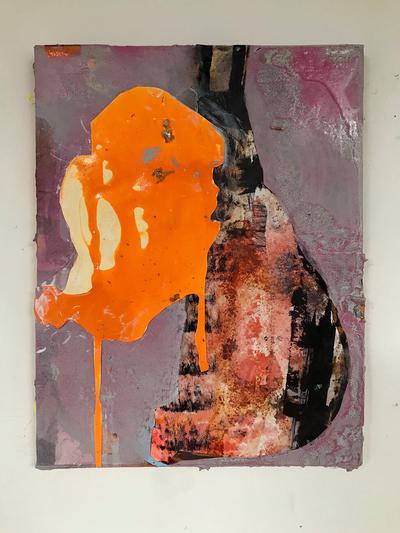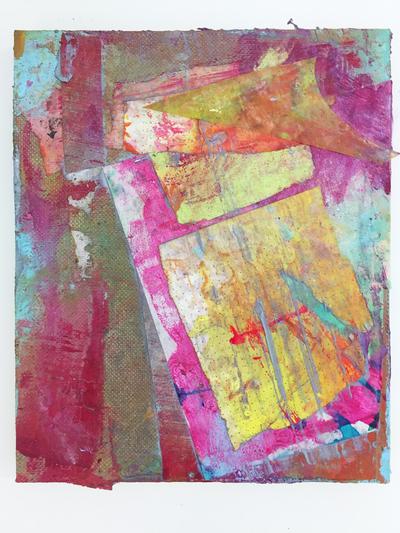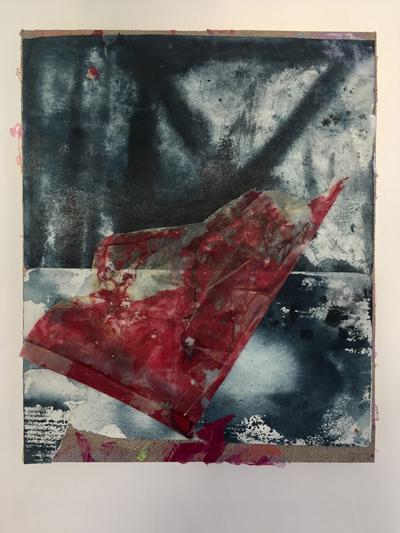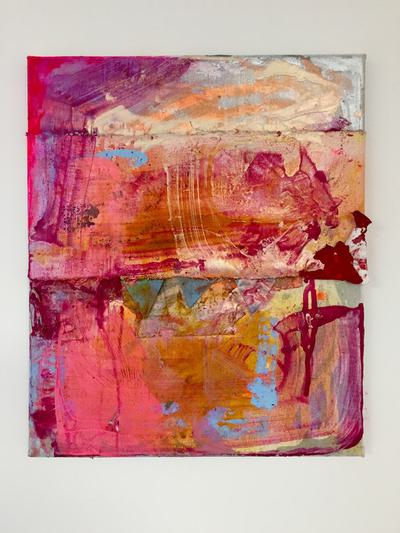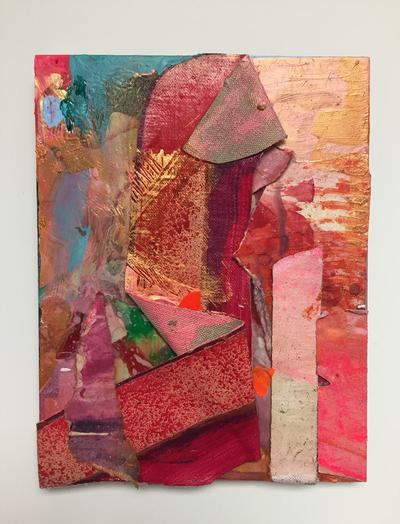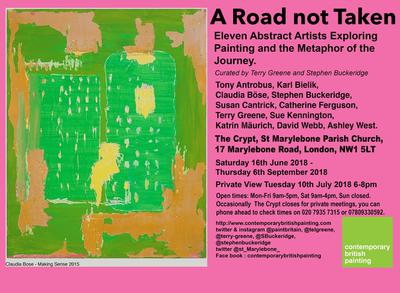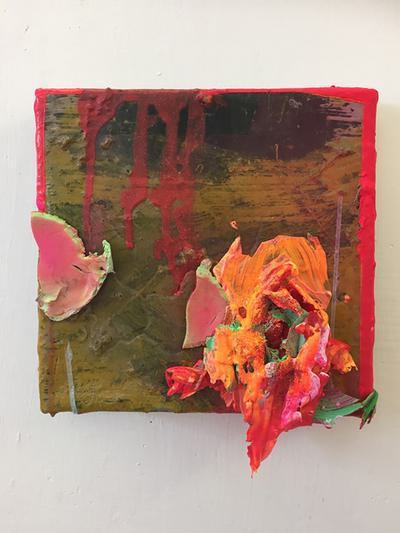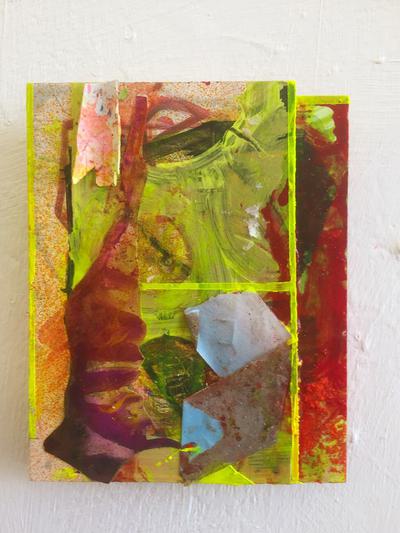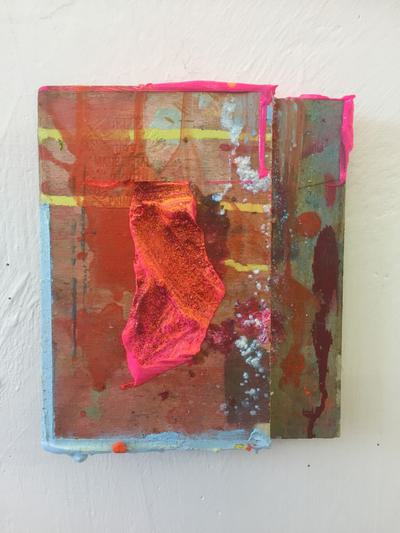Stephen Buckeridge
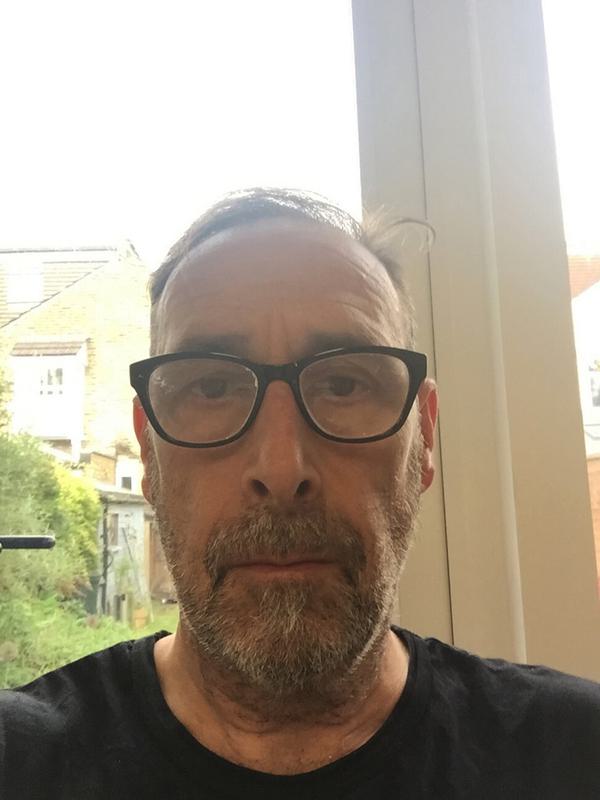
The Definition of the line in my work is one that is nonrepresentational yet forms a boundary or contour beyond which something is defined, one can make connections with the visualization of the forms and marks which occupy a fractured space, and while some forms suggest biological or architectural structures that inhabit our world, their purpose is to open further invention and to invite imaginative contradictions. I am inspired by architectural and organic structures which refer to past experiences ranging from working in operating theatres to labouring on industrial sites. Some of the works resemble hybrid specimens that form connections between supremacist constructions and surreal biological forms, which in their own way are presented in a kind of imagined geography. In my work I explore a spatial environment where biological forms can coexist with structures that refer to architectural or engineering plans (I have childhood recollections which recalls my father’s drawings of fuel systems for Concorde). The work forms a bridge between worlds past, present and digital. These experiences are presented as a personal code, where memories and visual experiences are defined by discordant spatial relationships and marks that resonate like personal signs. These recollections are layered, and jostle and float through different spaces forming surreal juxtapositions. Lines suggest routes, boundaries between one space and another, reassessing our relationship with the micro and macroscopic world. Recent work presents a more physical presence, the papers suggests a thick skin or hide and reference Mbuti drawings on bark. Marks are etched, sprayed, scribbled, and structures and forms are cut and collaged emphasising a displaced space, the physicality of the surface offers a different response to our relationship with materials, where like the forms, different combinations of graphic materials, spray paint, ink and acrylic vie for our attention and both connect and disconnect from our physical world. This disconnectedness presents a way to question the world in which we inhabit and to understand the relationships between traditional mark-making, a contemporary understanding of images and our perceptions of reality.
